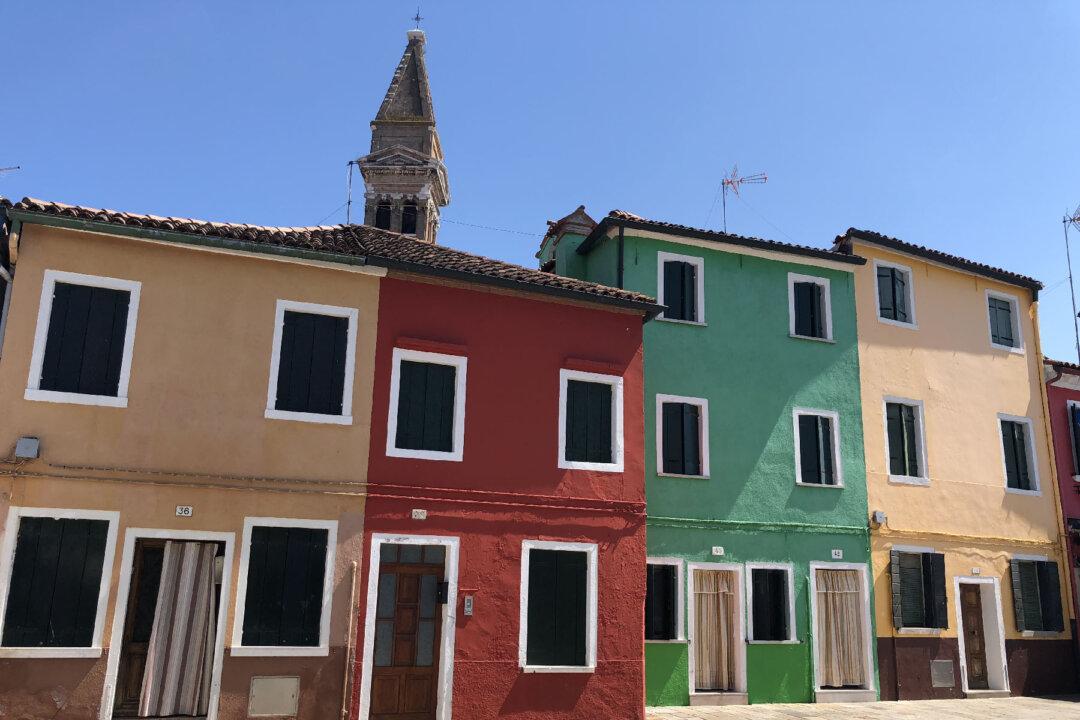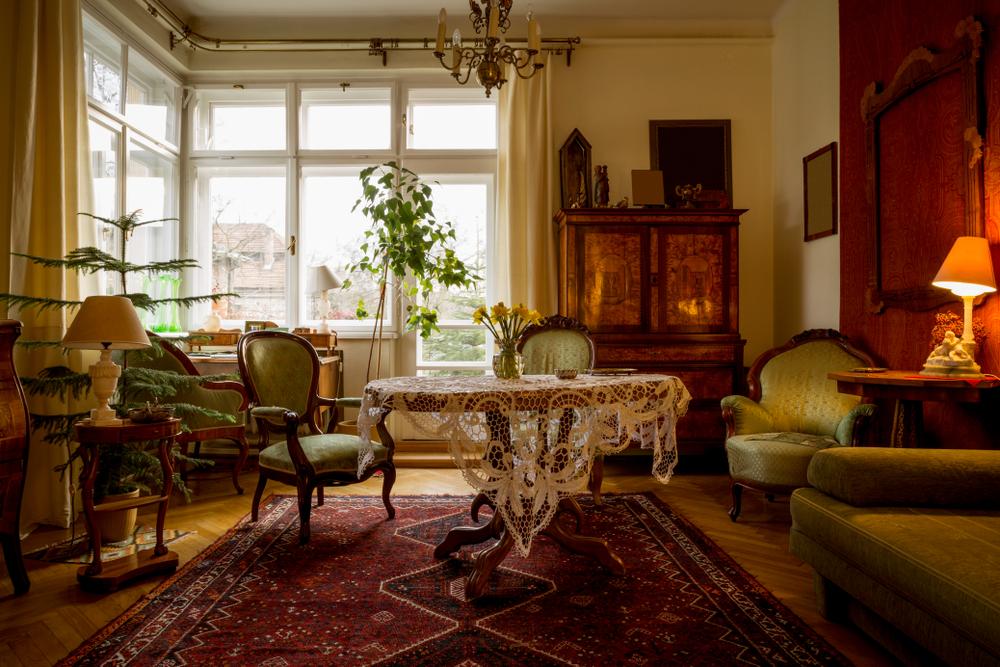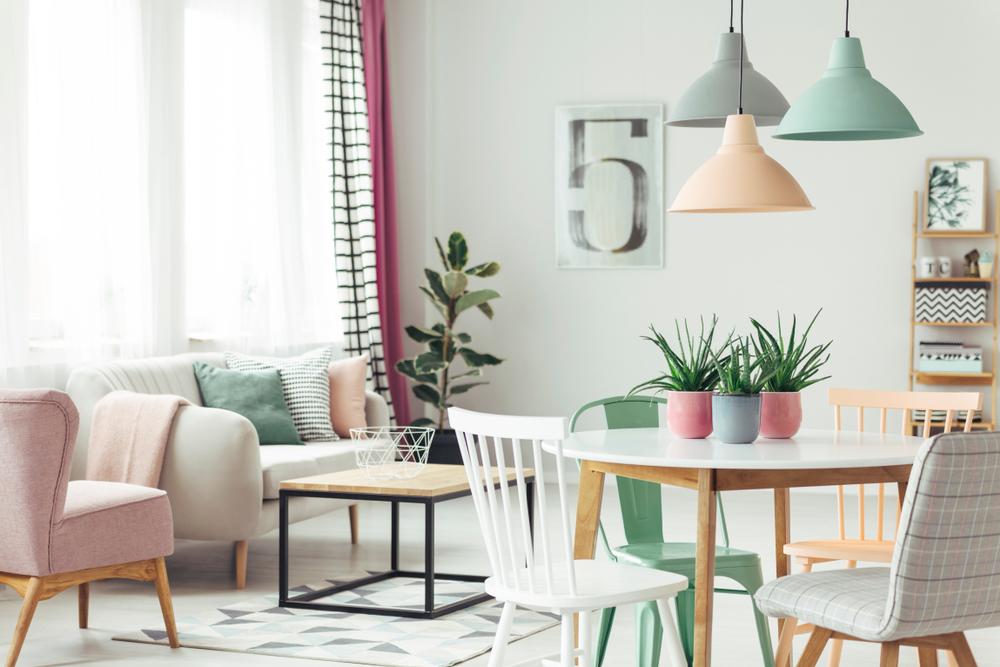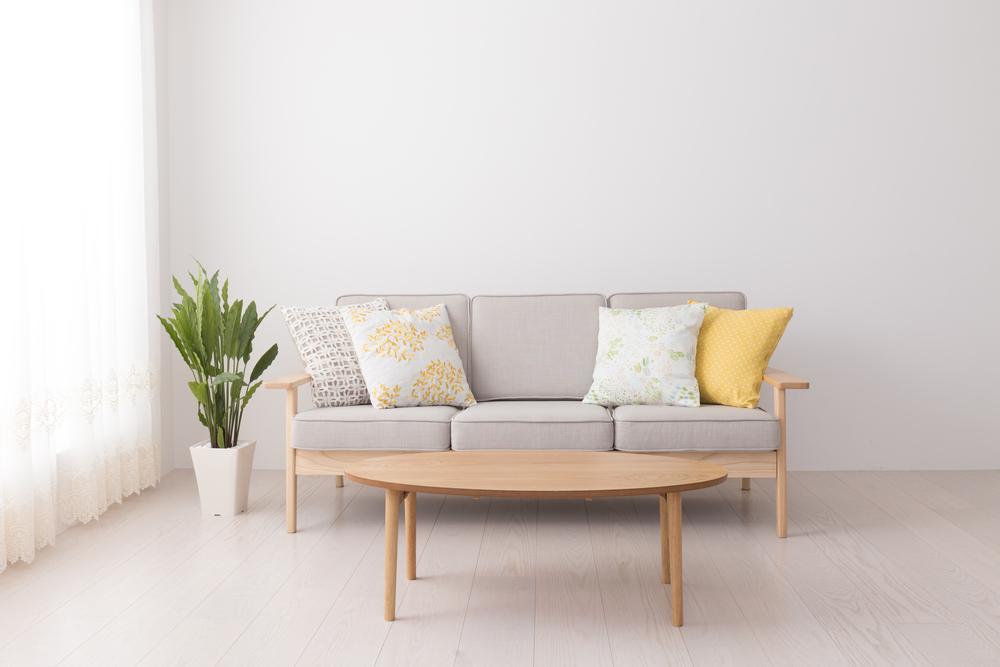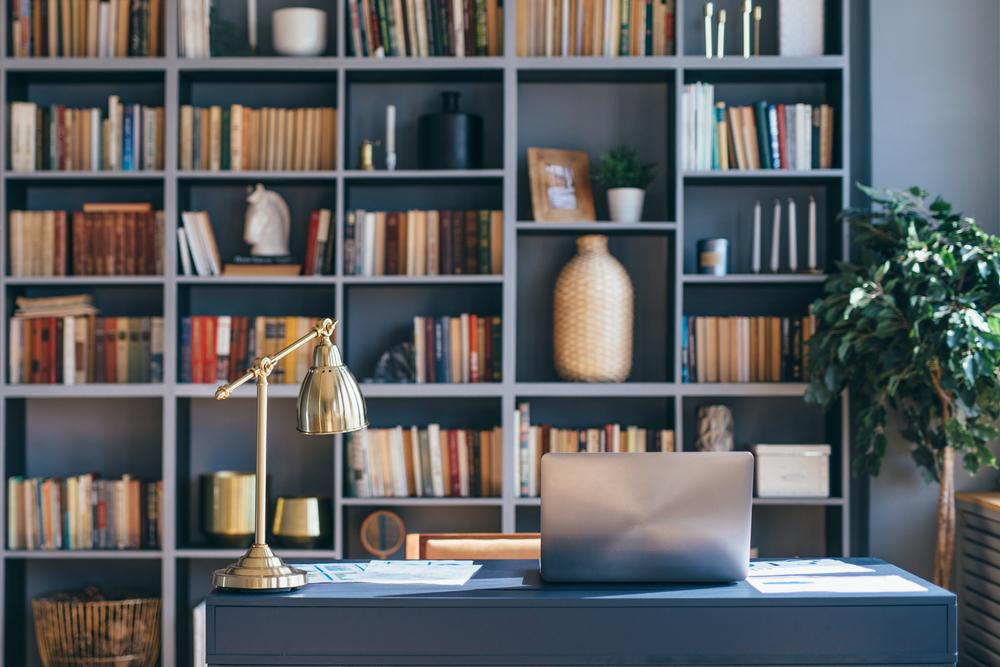Who hasn’t heard the phrase “beauty is in the eye of the beholder”? The old adage is appropriate for almost every aesthetic concern. However, there is much controversy about what constitutes beauty and the appropriate color for the exterior of a home.
Most homeowners will regard this matter as one of personal preference, and that is true to some extent. Homeowners sometimes fail to see the importance of selecting a color, which impacts the public realm. Something as simple as color on the exterior of a home has an impact for 5 to 10 years, which is the life span of a good paint job.

